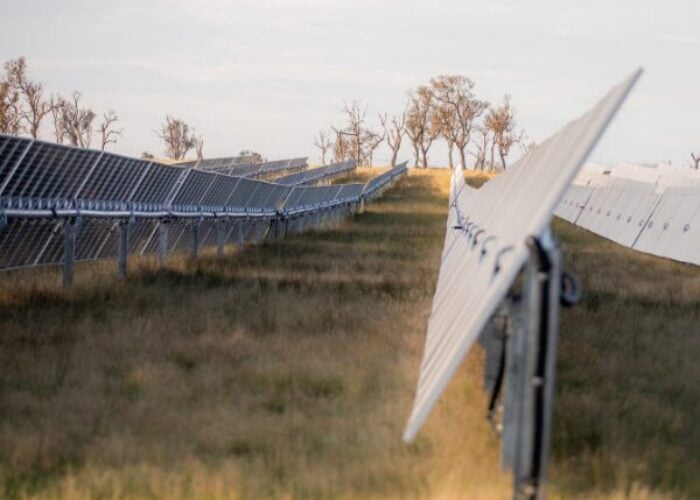As the countdown begins towards the crucial COP21 climate talks in Paris at the end of the year, a clear enemy is emerging in the global community’s efforts to prevent a dangerous rise in average temperatures.
While it is frequently multi-national oil corporations that are the main target of public opprobrium in the climate change debate, the silent foe seemingly standing in the way of keeping greenhouse gas emissions within safe limits is coal.
Try Premium for just $1
- Full premium access for the first month at only $1
- Converts to an annual rate after 30 days unless cancelled
- Cancel anytime during the trial period
Premium Benefits
- Expert industry analysis and interviews
- Digital access to PV Tech Power journal
- Exclusive event discounts
Or get the full Premium subscription right away
Or continue reading this article for free
This was made clear in the ‘New Energy Outlook 2015’ report from Bloomberg New Energy Finance published yesterday, which set out some headline forecasts for the global electricity system up until 2040.
BNEF had some extremely encouraging predictions for renewables generally – US$8 trillion of investment by 2040 – and for solar specifically – a US$3.7 trillion over the same period. Overall, this will propel renewables to 46% of world electricity output by 2040, with solar and wind accounting for 30% of that.
But it is unlikely to be enough.
The fly in the ointment, said BNEF, would be the continued build-out of legacy fossil fuel plants, particularly coal, which is expected to attract US$1.6 trillion of investment over the next 25 years – the highest share among the polluting generators (including nuclear). As a result, emissions from power generation will continue to grow until 2029, making the aim of limiting temperature increases to 2 degrees almost impossible.
The big driver for ongoing coal investment is demand from emerging economies, where climate policies are less robust and where coal will continue to be a cheap and quick way of meeting a rapidly escalating appetite for power. In total, 99% of the new coal-fired capacity between now and 2040 will be built in developing countries, according to BNEF.
It would perhaps be overly simplistic to cast the solution to the world’s greenhouse gas emission problem as a two-horse race between coal and solar, but it’s clear from BNEF’s analysis that solar could be the key bulwark against a proliferation of coal in the coming generation.
According to the report, coal and utility PV will be “neck and neck” for additions in developing countries, with large-scale solar progressively gaining a competitive edge over coal, gas and even wind energy in sunnier regions.
This fact alone should give negotiators something tangible to hold on to when they gather in Paris later this year. Climate talks have generally been better known for getting hung up on points of difference rather than finding solutions to a common problem. Solar offers that solution – a genuinely cost-competitive alternative to the status quo that could help wean the world off its dirty energy habit.
This will of course require policy-makers to go a step or two outside of their comfort zones in terms of what they put on the table come December, and as things stand that doesn’t appear to be happening. A report published earlier this month by the International Energy Agency, aimed at influencing policy-makers ahead of COP21, said the pledges made so far by countries would mean the global carbon budget would be used up by 2040, only eight months later than if no pledges had been made at all.
Clearly, then, there is something of an ambition gap in what is generally held as being necessary to avert runaway climate change and what is being offered. What is needed, as the IEA puts it, is a set of national pledges that would create a “virtuous circle of rising ambition” around low-carbon development, something that appears to be missing at the moment.
Perhaps for starters, with the evidence of its virtues gathering all the time, solar could become the focal point for a renewed sense of purpose around the shift towards a low-carbon world and a symbol of an alternative to the coal-powered scenario set out by BNEF. It is now a proven technology, it’s competitive in many parts of the world with coal and other fossil fuels, and all the signs point towards its transition to a mainstream form of energy generation gathering pace.
As a banner for political leaders to unite beneath in affirming their commitment to progress on climate change, there can’t be many better than solar.





